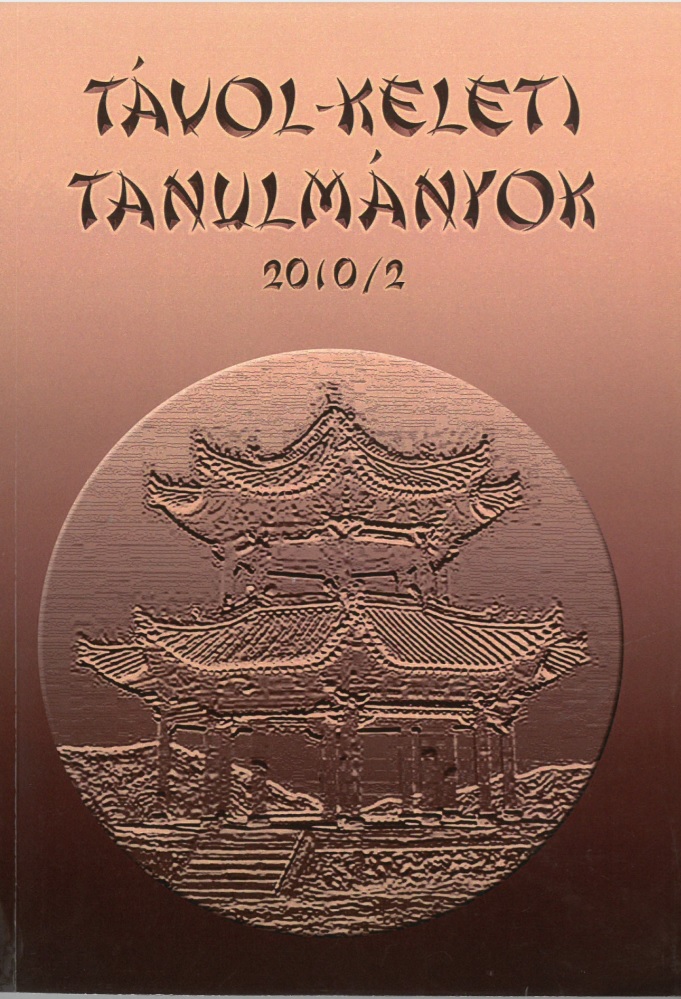Published 2011-09-18
How to Cite
Copyright (c) 2013 the author(s)

This work is licensed under a Creative Commons Attribution-NonCommercial 4.0 International License.
Abstract
In Huayan Buddhism the ontological aspect is said to be emphasised, as the dharma-dhatu dependent arising shows the interrelated existence of all phenomena. The symbol of this interrelated existence is the jewel net of Indra. Every jewel in eyes of the net reflects all other jewels, and also includes the reflections in other jewels. This way the reflections are infinite. Zhiyan was the first patriarch who put forward the teaching of ten mysterious gates in his work titled Ten Mysterious Gates of the One-Vehicle (Huayan yisheng shixuan men華
嚴一乘十玄門). The first gate, the simultaneous complete interrelation (tongshi juzu xiangying men同時具足相應門) is the general summary of the ten gates while the second gate, the realm of the net of Indra (Yintuoluo wang jingjie 因陀羅網境界門) is the symbol discussed above. However, Fazang the third patriarch of Huayan school first adopted Zhiyan’s model, but later modified it. In this paper we are going to show how the doctrine of ten mysterious gates were explained and modified by Huayan exegetes. We especially study the original
meaning of this doctrine which is eventually was formulated on the basis of the Huayan jing. In order to search for the original meaning we are going to detect passages from the Huayan jing that are cited as examples or proofs for the ten mysterious gates.
